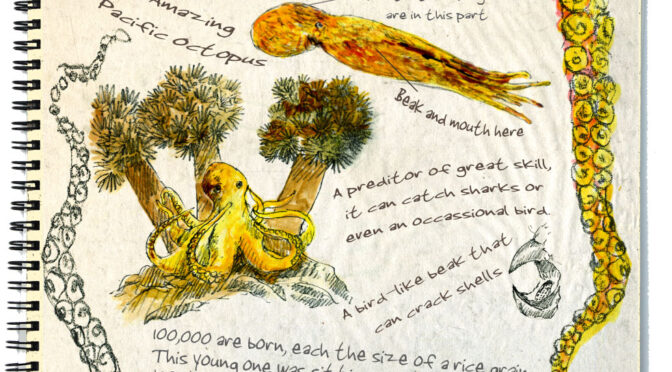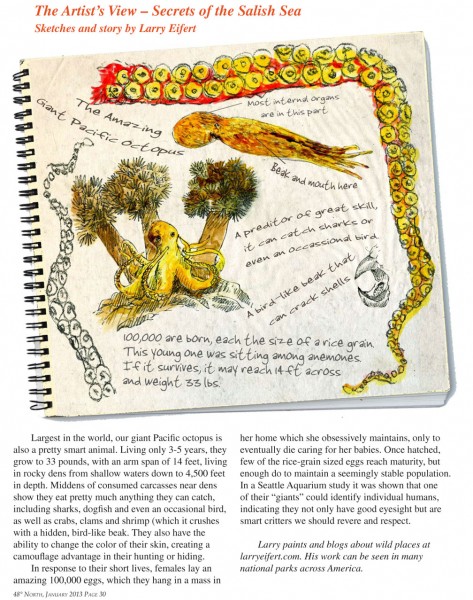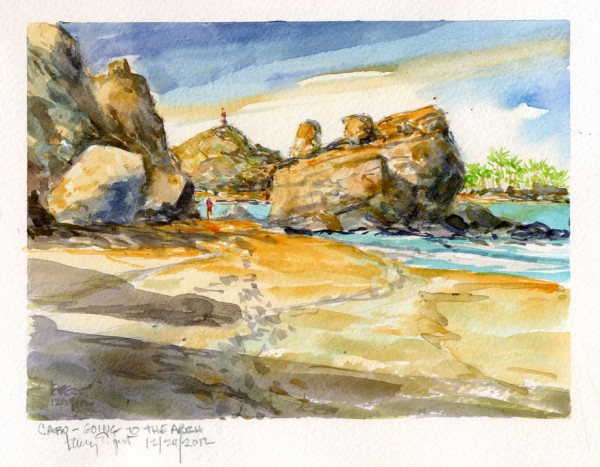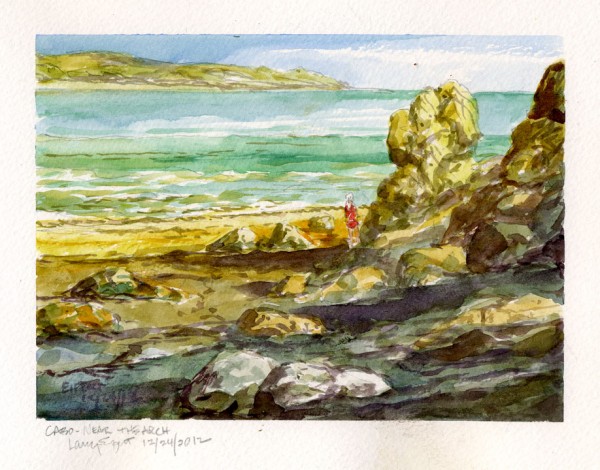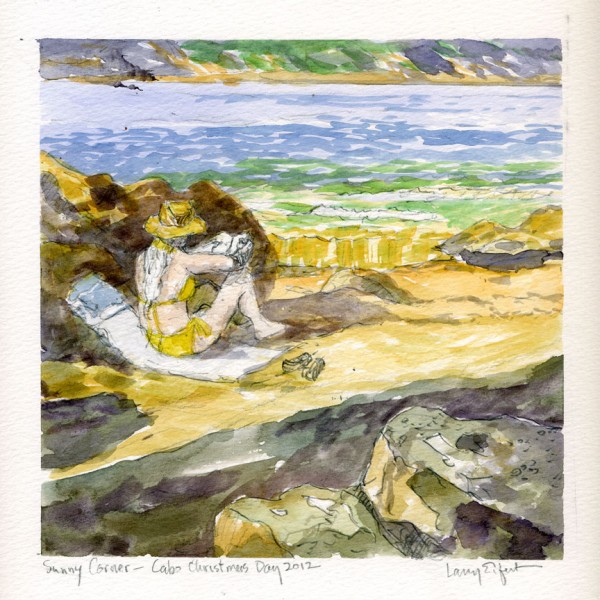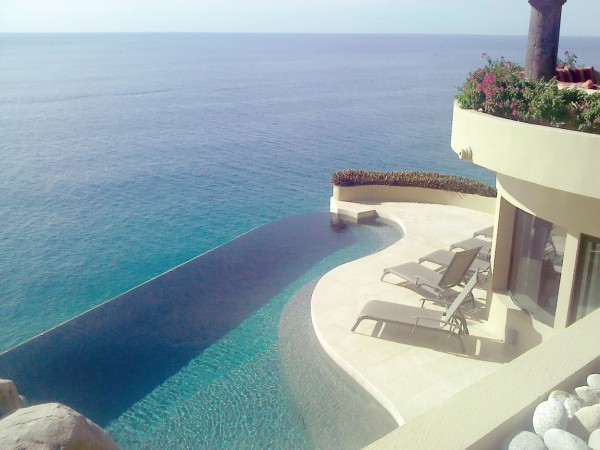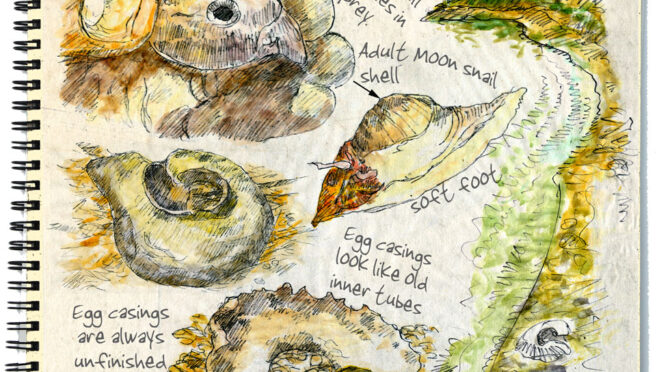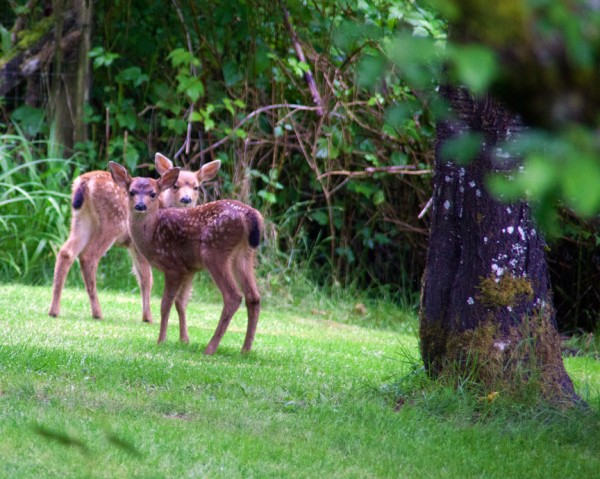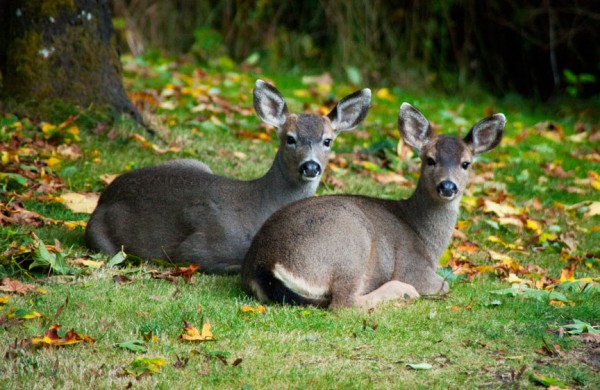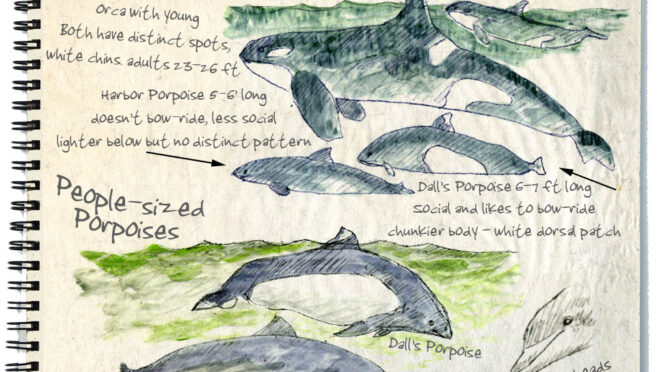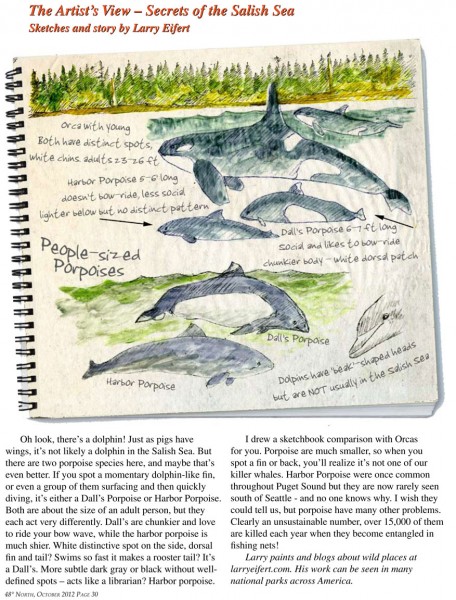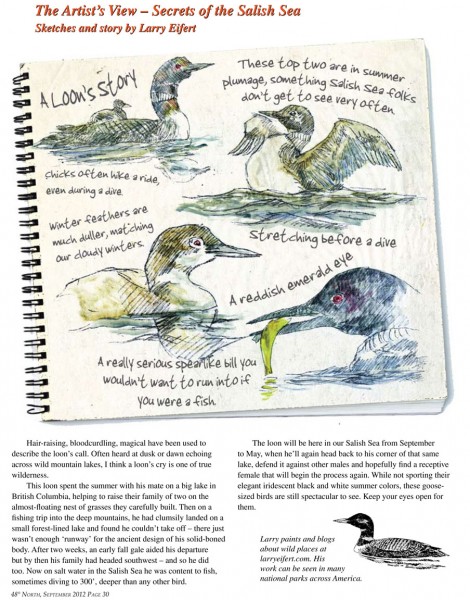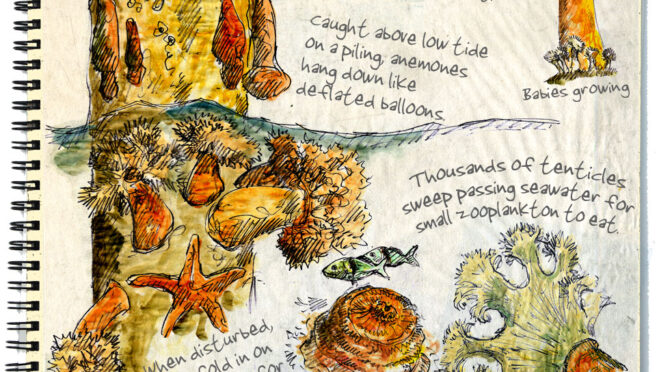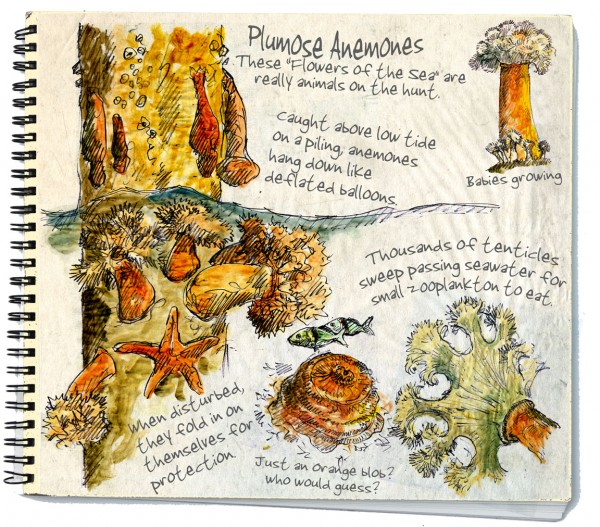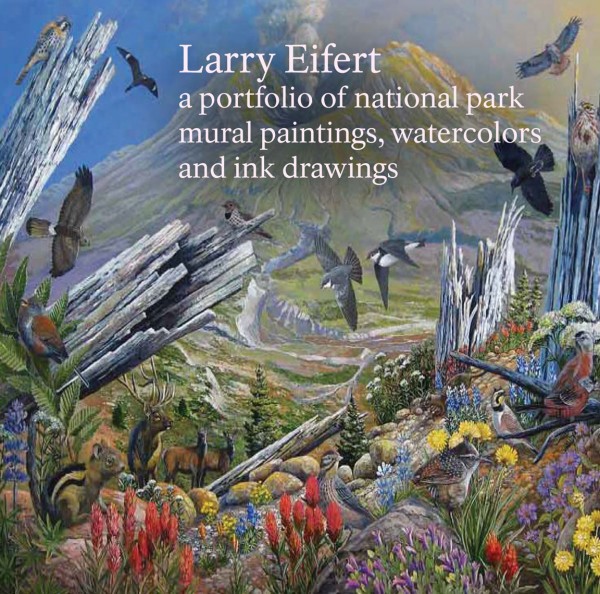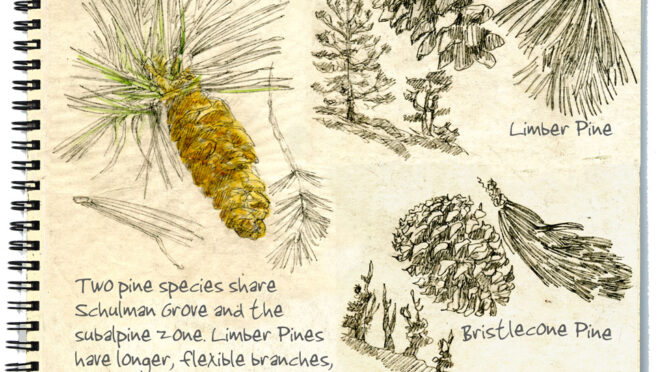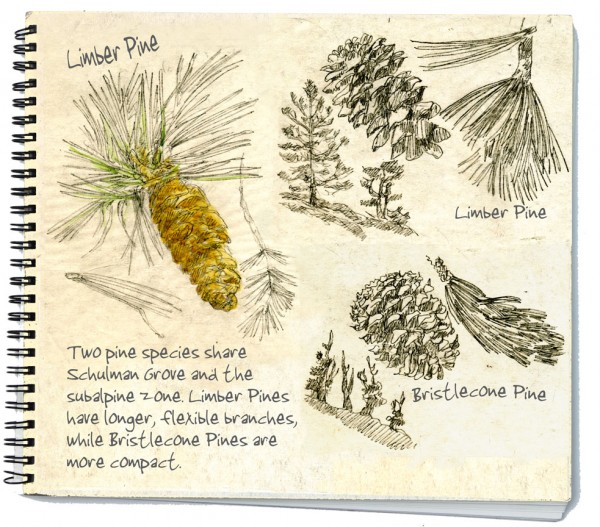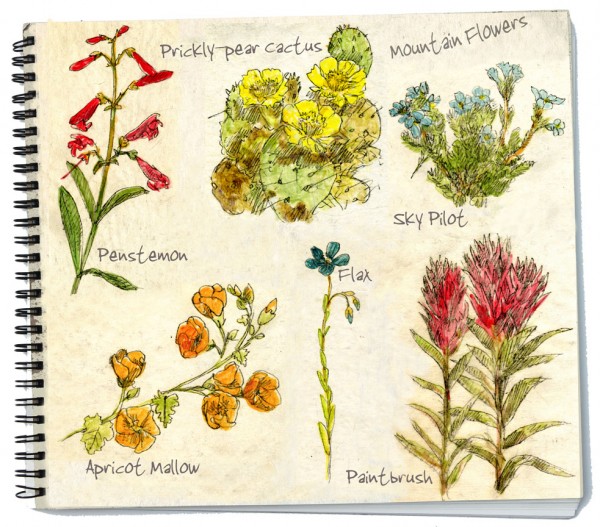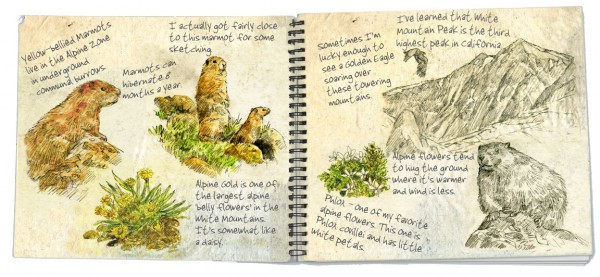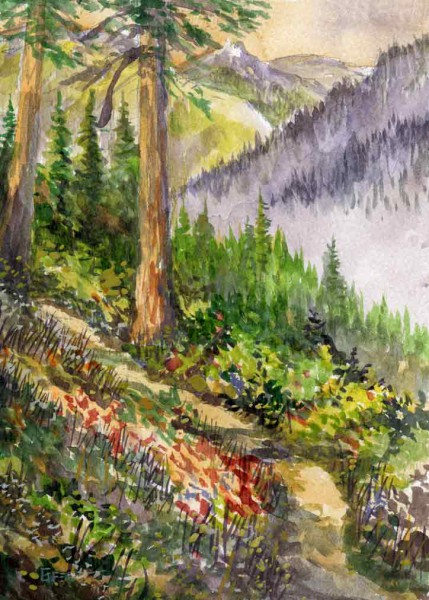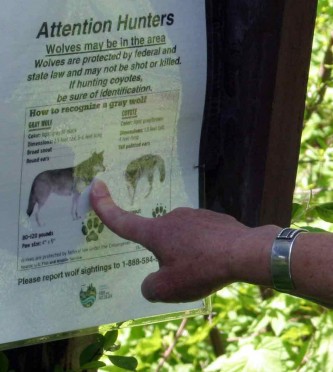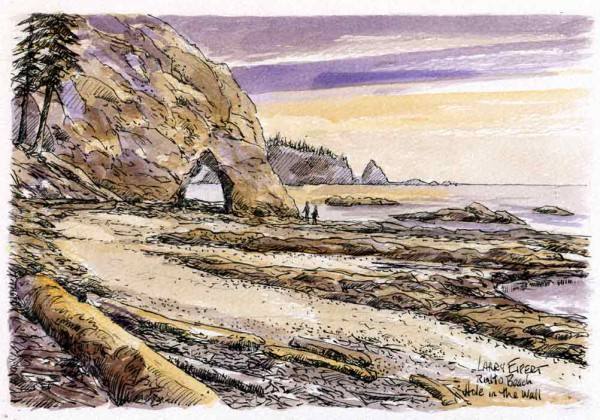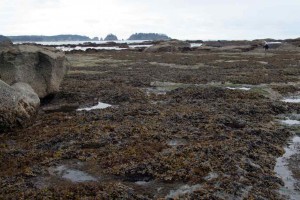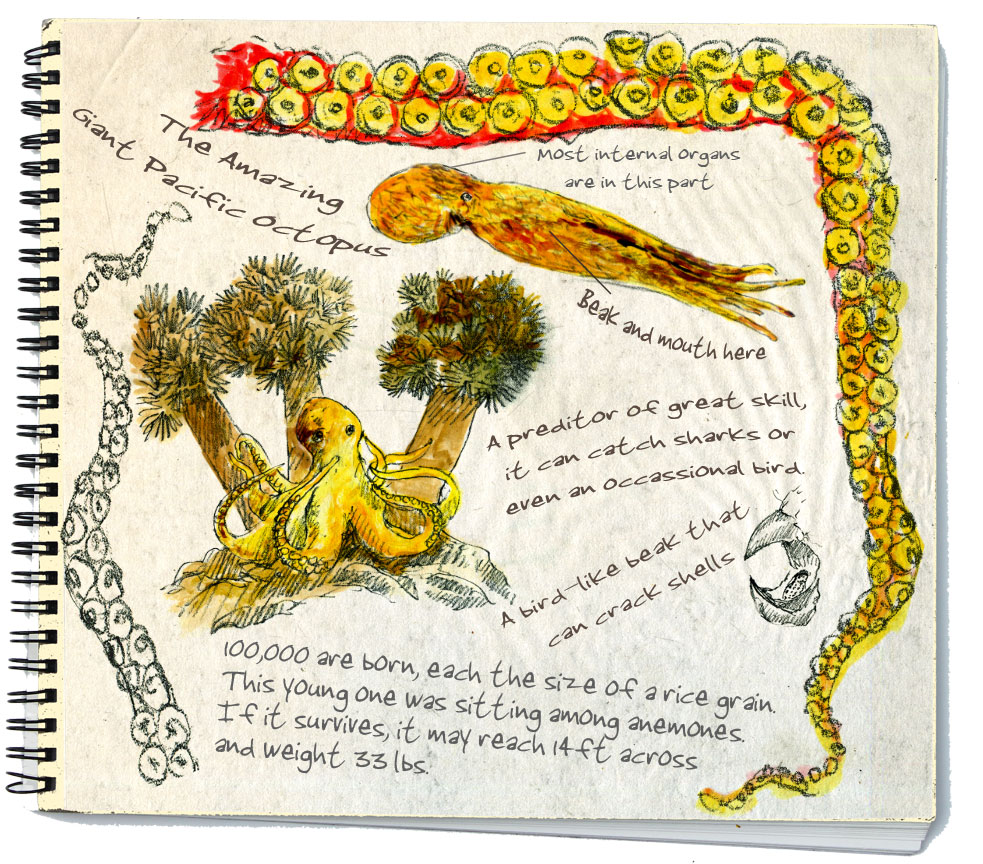
Click the illustration and it should enlarge in your browser so you can read it better.
This is my January 2013 sketchbook page in 48-North magazine. A diver in Seattle recently hauled one of these critters ashore and it caused a big uproar, mainly because it happened right at a seaside city park. There are two much-beloved octopi-adults in the Seattle Aquarium, and the fact this diver-guy took one home for dinner didn’t sit very well with always-nice and extremely liberal Seattle.
So, with that swirling around the local news, I thought I’d do a little illustration and essay about these critters that I THOUGHT I knew about. Little did I know! It was a pity I only had 200 words of text because the giant Pacific octopus is about the craziest animal I’ve ever read about – and that’s saying a lot because I’ve spent my life doing this stuff. To me, it’s enough that they only have two bones in their entire body, but their sex life appears to be the stuff of legends.
As if the essay and sketch page above isn’t interesting enough, like the 14-FOOT arm span or shark and clam dinners, there was even better stuff I had to leave out. Such as: during mating, the male releases a ‘sperm bag’ that’s 3 FEET long, which he then approaches the female with and using one of its 7-foot long arms gently inserts it into her. He gets to do this several times with multiple partners if he’s lucky, but basically that’s it for him – and he dies soon after. When the female gives birth to the 100,000 little octos, they’re all attached to a long ‘rope’ that she ‘hangs up’ in her den. She then fastidiously and constantly grooms this until the kids hatch, where upon she dies as well. Oh, and I could go on, but as my editor said, “I can hardly wait to see the illustration … or not!”
I’m telling you, I never get tired of learning about this stuff, but this time it left my mouth slightly slacked.
Thanks for reading this week.
Larry Eifert
Click here to go to the online blog this was to.
Click here to go to our main website – packed with jigsaw puzzles, prints, interpretive portfolios and lots of other stuff.
Click here to check out what Nancy’s currently working on with her photography.
